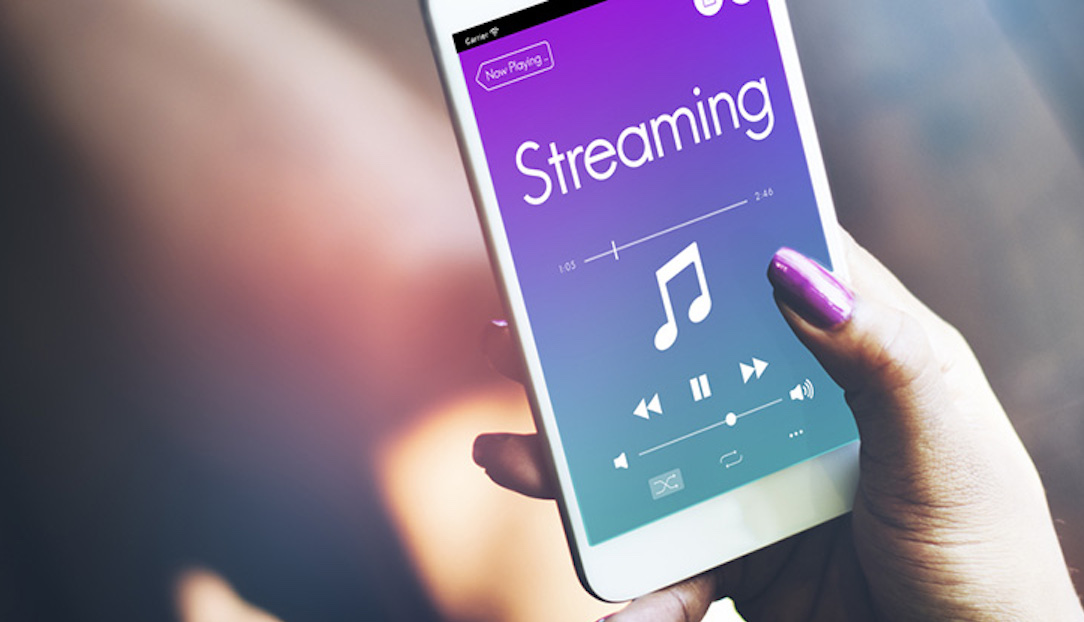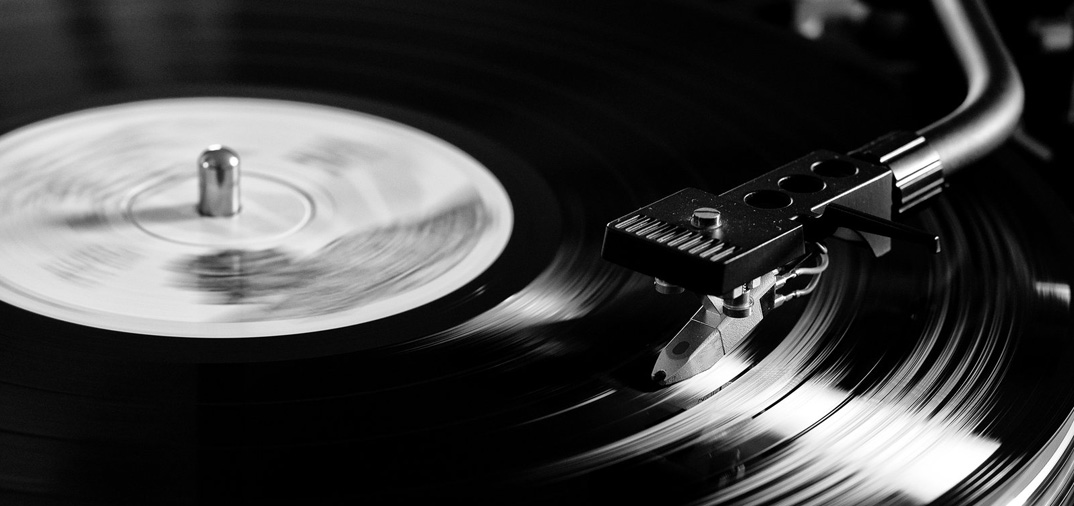Why Australia’s Millennials & Gen Zs will pay more for music in 2022

As it is, Australia’s Millennials, who turn 23 to 41 in 2022, and the Gen Z who are aged 10 to 25 this year, are not expecting much from 2022.
A Roy Morgan study found 42% in the 18-24 demo and 41% of the 25-34 group already expect 12 months of “economic difficulty”.
It will be a further test year for the two groups which spend the most on concerts, streaming subscriptions and vinyl albums.
Higher concert prices are almost a certainty as promoters are forced to pass on costs.
Ticket prices were already climbing pre-COVID, say figures from Live Performance Australia.
In 2017, the average ticket price was $90.59. That rose to $99.03 in 2018, while Victorians were happy to pay more at $107.08 per person.
But promoters are now hit with rising petrol prices (heading up, to $2 a litre by last November, pegged to higher international crude oil prices), insurance premiums, security and on-site medical professionals and payments to ticketing company for cancellation refunds.
They also have to offer larger wages and promises of guaranteed hours and compensation in case of cancellations – to entice road crews and production staff to return.
Merchandising will cost more due to a post-pandemic shortage of cotton threads, factory staff and longer shipping times.
In 2019, 4.6 million T-shirts were sold at shows generating US$414 million. In 2020, that was sales of 560,000 tees making $51 million.
From June to August 2021, that figure was a million tees sold in the northern hemisphere, raking in $105 million.
The dilemma facing the global live sector is that it has in the past had to deal with the consequences of inflation, recessions and ticket sale downturns.
“But I don’t think we’ve ever had them all combined at one time,” US business manager Bill Zysblat, who reps The Stones, U2, Lady Gaga, Sting and Shania Twain, told Pollstar.
“Trying to figure out how to keep our bottom line intact is the hardest part.”

2022 could be the year music streaming services succumb to pressure from the biz to push up the global monthly $9.99 subscriber fee ($12—$15 in Australia).
“The average price of a standard music streaming subscription has remained unchanged at $9.99 for the past decade, while Netflix prices have risen around 5-8% every year over 2014-2019,” according to Goldman Sachs, which predicts 1.2 billion music subscribers by 2030, up from 341 million in 2019.
The figure was 487 million global subscribers by the first quarter of 2021, said MIDiA Research.
Goldman Sachs predicted, “We believe that 21% of smartphone users will be streaming music by 2030.
“As the streaming market strengthens, we expect music streaming prices to rise.”
Keep an eye on Spotify which is predominantly a young global audience – 71% are under 35, 26% of 18—24-year-olds and 29% of Millennials.
In Australia, it is the largest platform, with 12.7 million subscribers in the mid-2020.
Younger groups are most likely to accept price hikes. Spotify has noted that its price increases in the UK, Brazil and parts of Europe had little consumer backlash.
In a study by YouGov and Dutch-American classical streaming service Primephonic, 52% of US fans admitted they would pay more for “a streaming service that truly meets their needs.”
However, what will slot into the $9.99 price point are sites offering creators virtual tools and instruments to create music that they can sell.
These include Splice, BeatStars and Spotify-owned Soundtrap. Last month (December) Berlin-based Native Instruments’ launched a new service, Komplete Now.

Vinyl collectors have always been happy to pay a high premium. But these have escalated since the pandemic.
It is due to demand outstripping supply due to scarcity of vinyl, escalating pressing and shipping costs, and vaccinated & skilled labour shortage in factories.
Lead times for manufacture are now 3 to 6 months.
But Australians’ demand for the black grooves remains strong. 34,000 Aussies spent $8.6 million alone at one US website, Discogs, during the first two lockdowns.
One paid $4,520 for a promo copy of AC/DC’s debut single ‘Can I Sit Next To You Girl’.
It’ll be interesting to see if the vinyl shortage will increase demand for other physical formats.
Retailers told TMN that it could speed up the cassette renaissance.
ARIA’s 2020 data showed Australia’s physical sales at $61.7 million, from $61.4 million the year before.
Vinyl albums were up 29.6% to 1.14 million units and up 32% in revenue to $29.3 million.
ARIA has, as yet, not provided stand-alone cassette wholesale figures for Australia.
But in comparison, Britain’s BPI figures for 2021 (issued in the first week of January 2022) showed how the physical market has grown there.
Cassette sales had their 9th year of consecutive growth, up 20% from 2020, led by Olivia Rodrigo, Dave & Lana Del Rey.
Vinyl album sales were up 10% to 5 million, their highest in over three decades.
It will be interesting to see Australia’s official wholesale physical figures for 2021 and 2022.






























